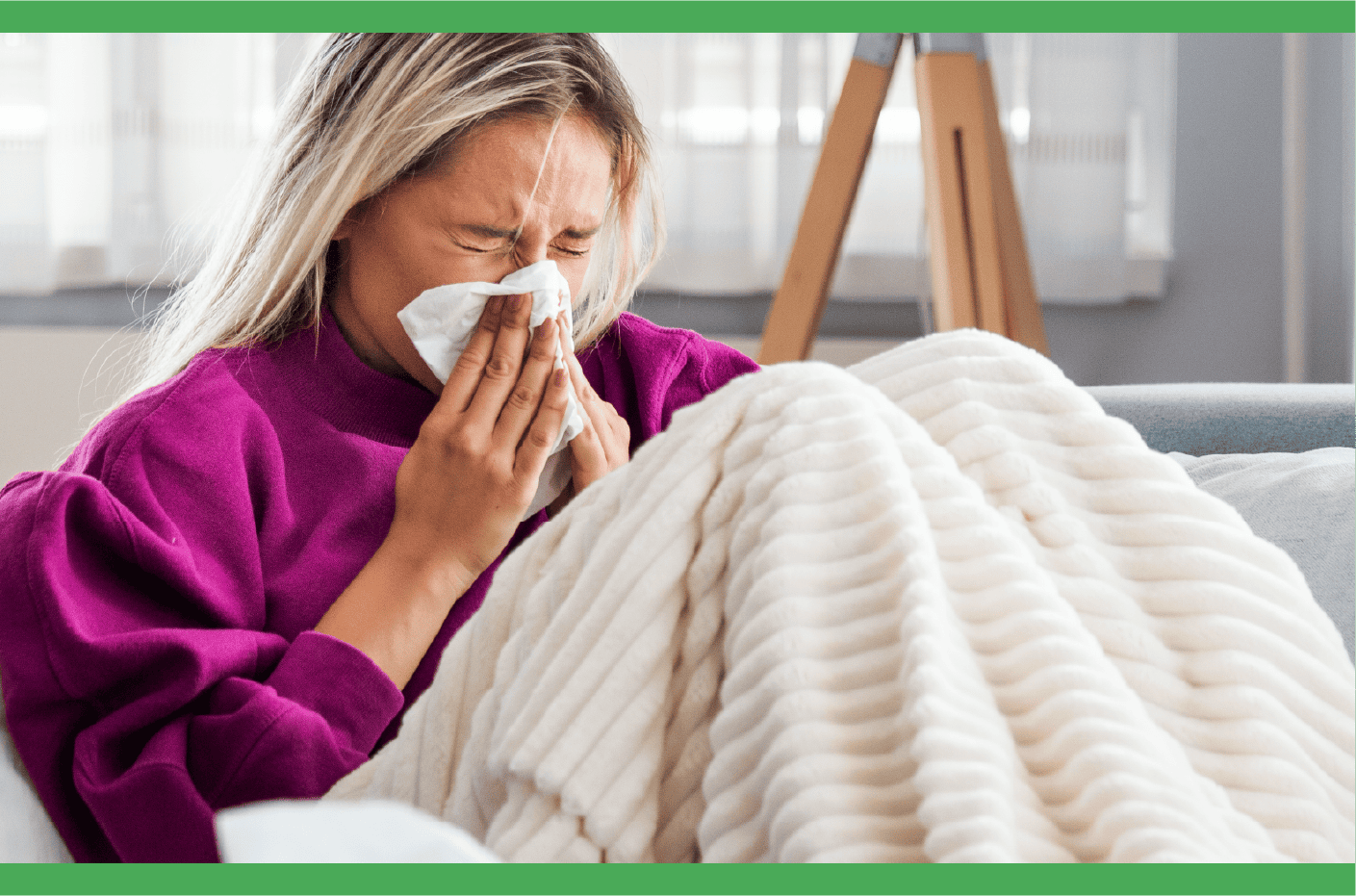What triggers allergic rhinitis?
In last 30 to 40 years there has been significant increase in the incidence of allergies. A combination of factors, including genetics, increasing air pollution, and the adoption of modern urbanized lifestyles, has contributed to this increase.1
Indoor Allergies
Many different allergens cause symptoms in an indoor setting. The most common ones are mites, dogs, and cats1, in addition to:





Outdoor Allergies
- The source of allergic illness from outdoor allergens can be multiple, with pollens and fungal spores being the primary sources.1
- Particles are released from the sources into the air by wind, rain, mechanical disturbance, or active discharge mechanisms.1
The most common ones are1
- Pollens: grass, tree, weeds — affects approximately 40% of individuals with allergies.
- Air pollutants1: Air pollution is linked to both increased prevalence of allergic rhinitis and symptom exacerbation.3
- Mold



References:
1-Singh, M., & Hays, A. (2016). Indoor and Outdoor Allergies. Primary Care: Clinics in Office Practice, 43(3), 451–463. doi:10.1016/j.pop.2016.04.013 2-Aburiziza A, MA, Alonazi, AS, Zatari, MH, Alqouzi, SA, Mandili, RA, Hawsawi, WT, Aljohani, RH. The Prevalence, Clinical Picture, and Triggers of Allergic Rhinitis in, Saudi Population: A, Systematic Review, and Meta-Analysis. J Asthma Allergy. 2022 Dec 23;15:1831-1849. doi: 10.2147/JAA.S391142. PMID: 36582219; PMCID: PMC9793734. 3. Li CH, Sayeau K, Ellis AK. Air Pollution and Allergic Rhinitis: Role in Symptom Exacerbation and Strategies for Management. J Asthma Allergy. 2020;13:285292.
